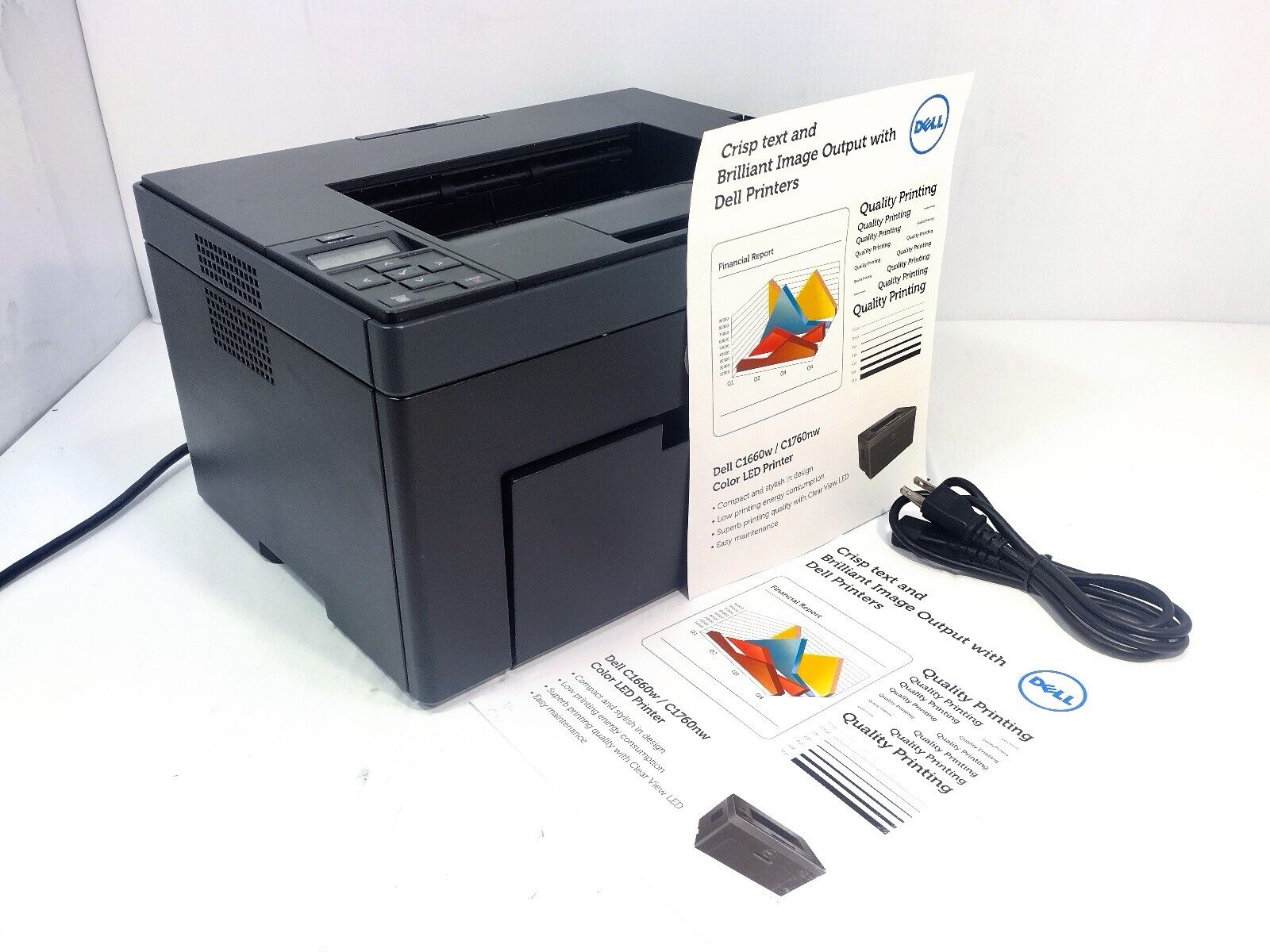
Laser color printers have revolutionized the printing industry, offering high-quality prints with vibrant colors and sharp details. Understanding how these sophisticated machines work can help users optimize their printing experience and make informed decisions when purchasing a printer. In this comprehensive guide, we will delve into the inner workings of laser color printers, exploring the technology behind them and the intricate processes involved in producing stunning prints.
- The Basics of Laser Color Printing:
Laser color printers utilize a combination of advanced technologies to create prints. At the core of these printers is the laser beam, which plays a crucial role in the printing process. The laser beam scans the photosensitive drum, selectively charging it with static electricity based on the image to be printed. This charged drum then attracts and holds toner particles, which are later transferred onto the paper. - The Electrostatic Process:
The electrostatic process is a key component of laser color printing. Once the drum is charged, it passes through a toner cartridge that contains four separate toner chambers: cyan, magenta, yellow, and black. Each chamber holds a specific color of toner powder. As the drum rotates, it passes over each chamber, attracting the corresponding color of toner particles to the charged areas. This process is repeated for each color, layering the toner particles onto the drum. - The Transfer and Fusing Process:
After the drum has accumulated all the necessary toner particles, the image is ready to be transferred onto the paper. The paper is fed through the printer and comes into contact with the drum. A transfer roller applies a positive charge to the back of the paper, attracting the negatively charged toner particles from the drum. This transfers the image onto the paper, creating a temporary print.
To make the print permanent, the paper passes through a fuser unit. The fuser unit uses heat and pressure to melt the toner particles, bonding them to the paper fibers. This ensures that the print is smudge-proof and long-lasting.
- Color Management and Calibration:
Achieving accurate and consistent colors in laser color printing requires precise color management and calibration. Printers use color profiles and calibration techniques to ensure that the colors on the printed page match the original image as closely as possible. This involves adjusting color settings, controlling toner density, and fine-tuning the printer's color reproduction capabilities.
Conclusion:
Laser color printers are marvels of modern technology, combining intricate processes to produce high-quality prints. Understanding the inner workings of these printers can help users optimize their printing experience and achieve stunning results. From the electrostatic process to color management and calibration, every step plays a crucial role in delivering vibrant and accurate prints. So, the next time you use a laser color printer, appreciate the complex mechanisms at work behind the scenes, bringing your digital creations to life on paper.







